Building Green Isn't a Trend—It's How We Roll
We've been obsessed with sustainable design since way before it was cool. Every project we touch gets the full green treatment because honestly, there's just no other way to do this anymore.
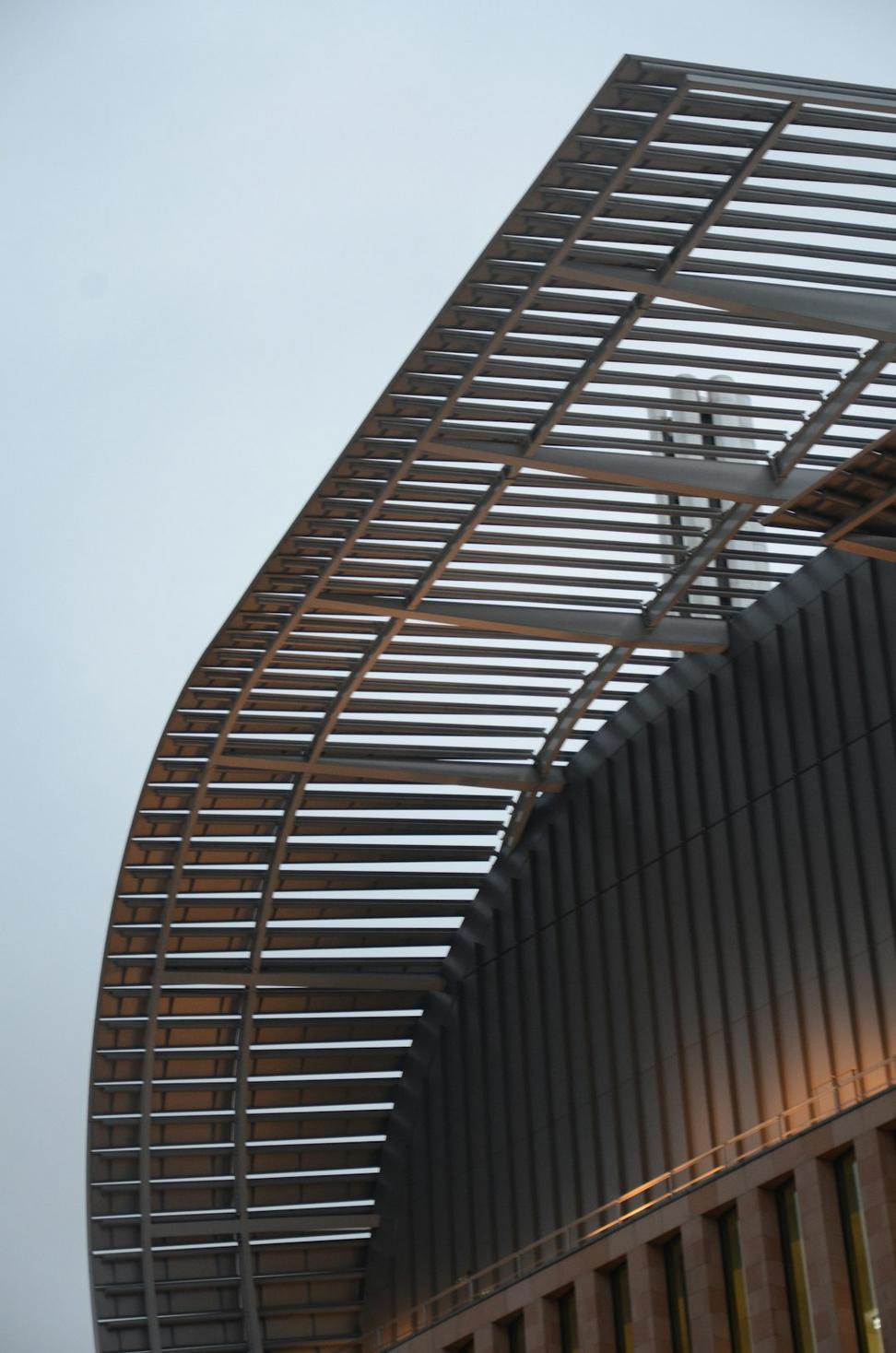
We've been obsessed with sustainable design since way before it was cool. Every project we touch gets the full green treatment because honestly, there's just no other way to do this anymore.

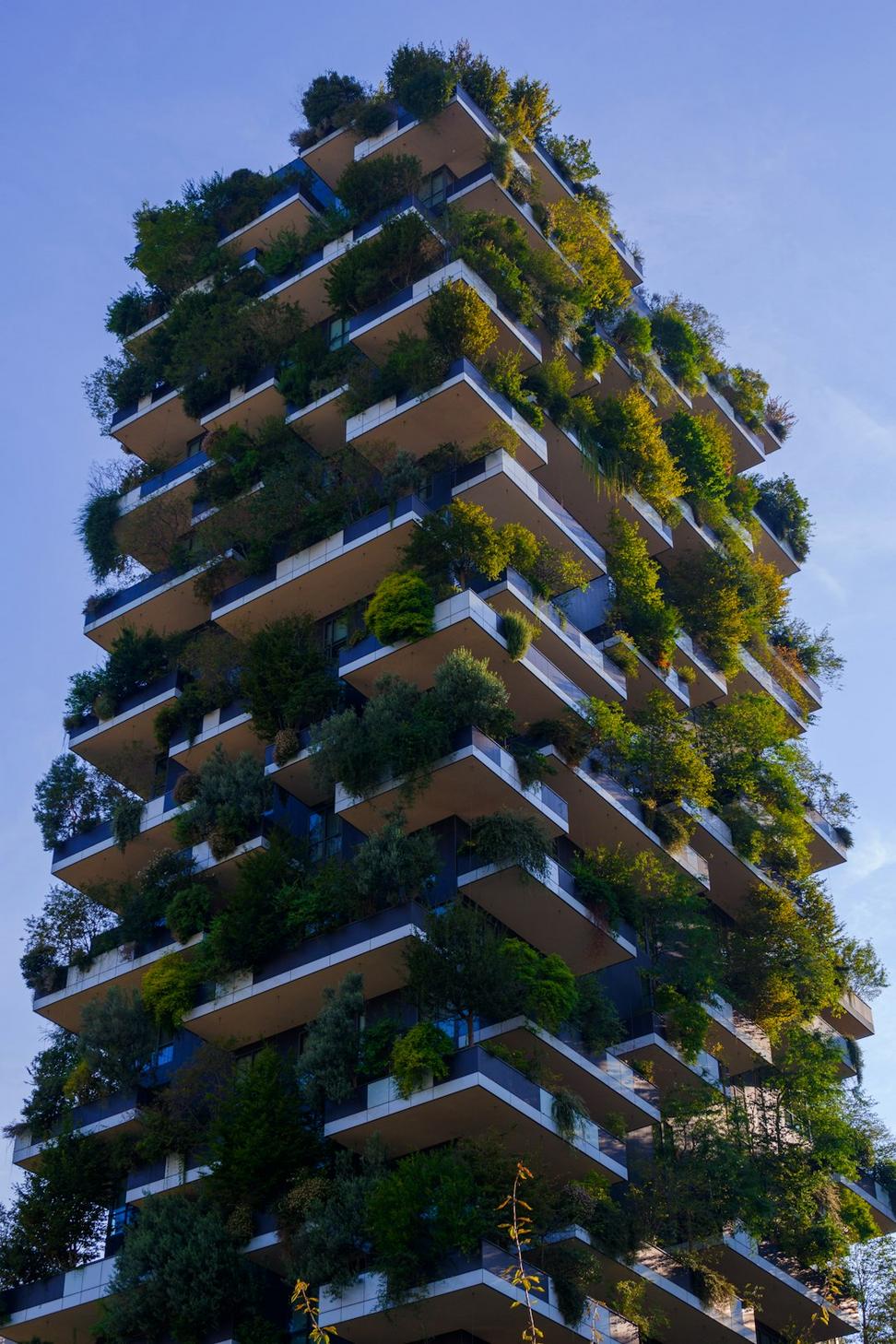
Look, when I started in this field about 15 years ago, "green building" was this niche thing that clients would sometimes ask about as an afterthought. Now? It's the foundation of everything we do—and frankly, it should've been all along.
We're not just slapping solar panels on roofs and calling it a day. Real sustainability means rethinking the entire design process from material sourcing to energy systems, from site orientation to water management. It's complex, sure, but that's what makes it interesting.
We've committed to carbon neutrality across all our projects within the next five years—ambitious but doable.
Every material we spec gets scrutinized for its environmental impact, sourcing ethics, and lifecycle assessment.
Numbers don't lie—here's what we've achieved over the past decade
Average Energy Reduction
LEED Certified Projects
kWh Saved Annually
Water Use Reduction
We don't just aim for these standards—they're baked into our workflow from day one of every project.
We've got multiple LEED APs on staff, and honestly, we probably know the rating system better than the back of our hands at this point. From Silver to Platinum, we've done 'em all.
Passive House is next-level stuff—ultra-low energy buildings that barely need heating or cooling. It's demanding work, but the results? Mind-blowing energy performance.
This one's the holy grail of green building—basically designing structures that give more than they take. We've completed two LBC projects and man, they're intense but so worth it.
Buildings that produce as much energy as they consume? That's the goal. Through smart design, renewables, and serious efficiency measures, we're making it happen more and more.
Sustainability isn't just about the planet—it's about people too. WELL certification focuses on human health and wellness, which we think is absolutely crucial.
This framework looks at the bigger picture—ecology, equity, economy. It pushes us to think beyond just energy efficiency to truly regenerative design.
Here's a few builds we're particularly proud of when it comes to pushing green boundaries
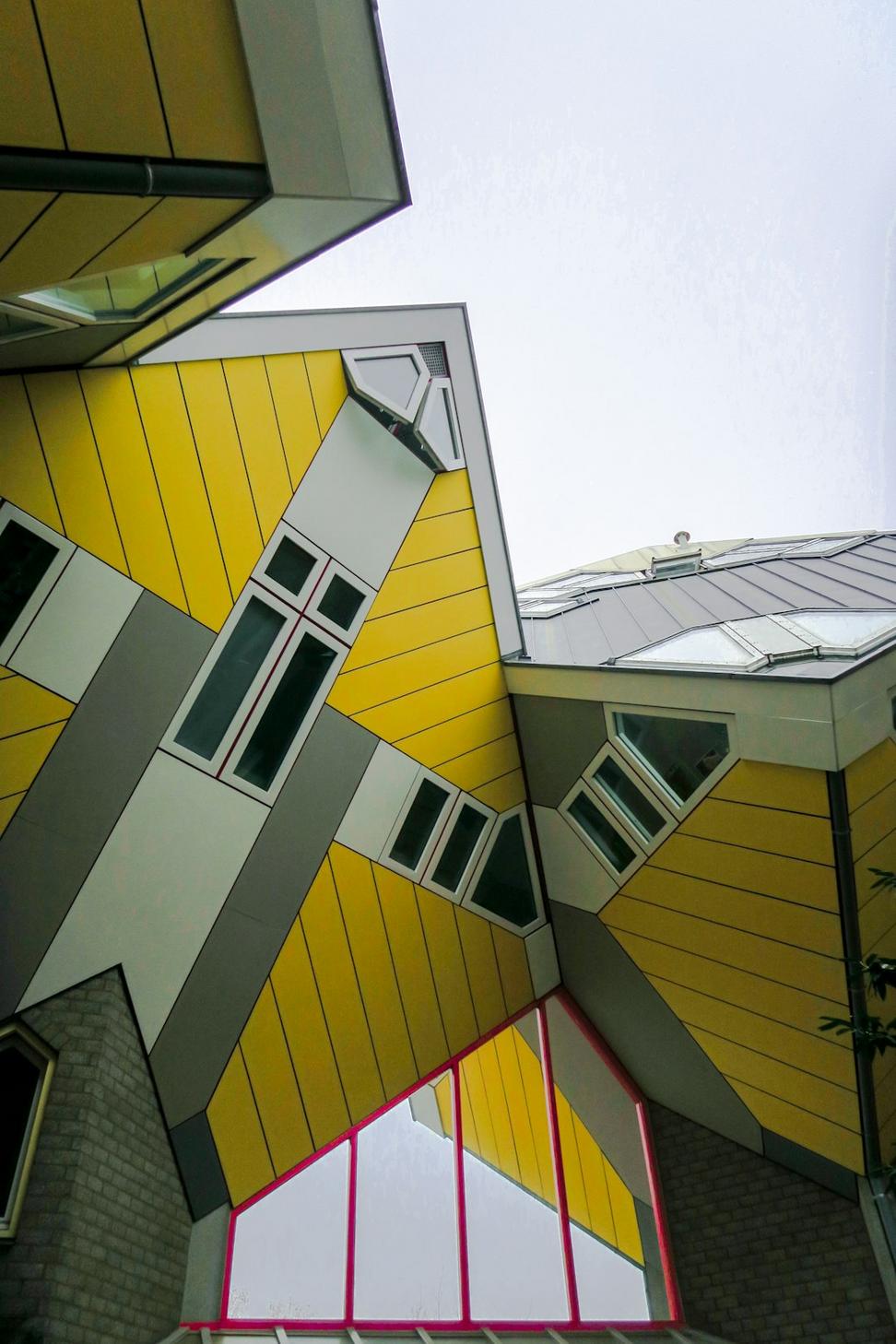
This 3,200 sq ft home was a dream project. The clients wanted something that'd basically run itself, so we went all-in with Passive House standards, triple-glazed windows, and a heat recovery ventilation system that's honestly kind of ridiculous in the best way.
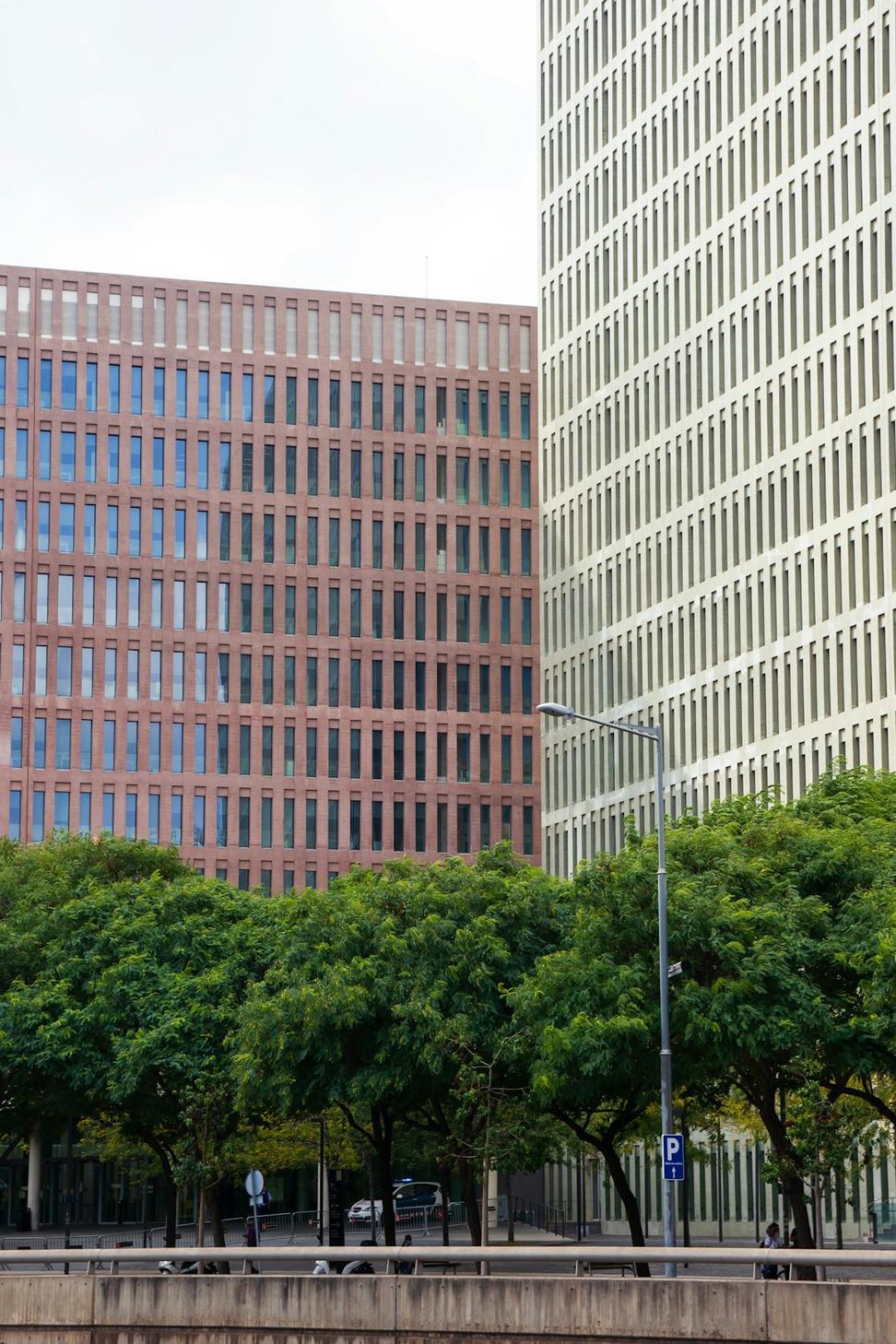
Converting a 1980s office tower into a Net Zero Ready commercial space? Yeah, that was a challenge. But we love challenges. The whole building got new skin, upgraded systems, and now it uses like a fraction of what it did before.
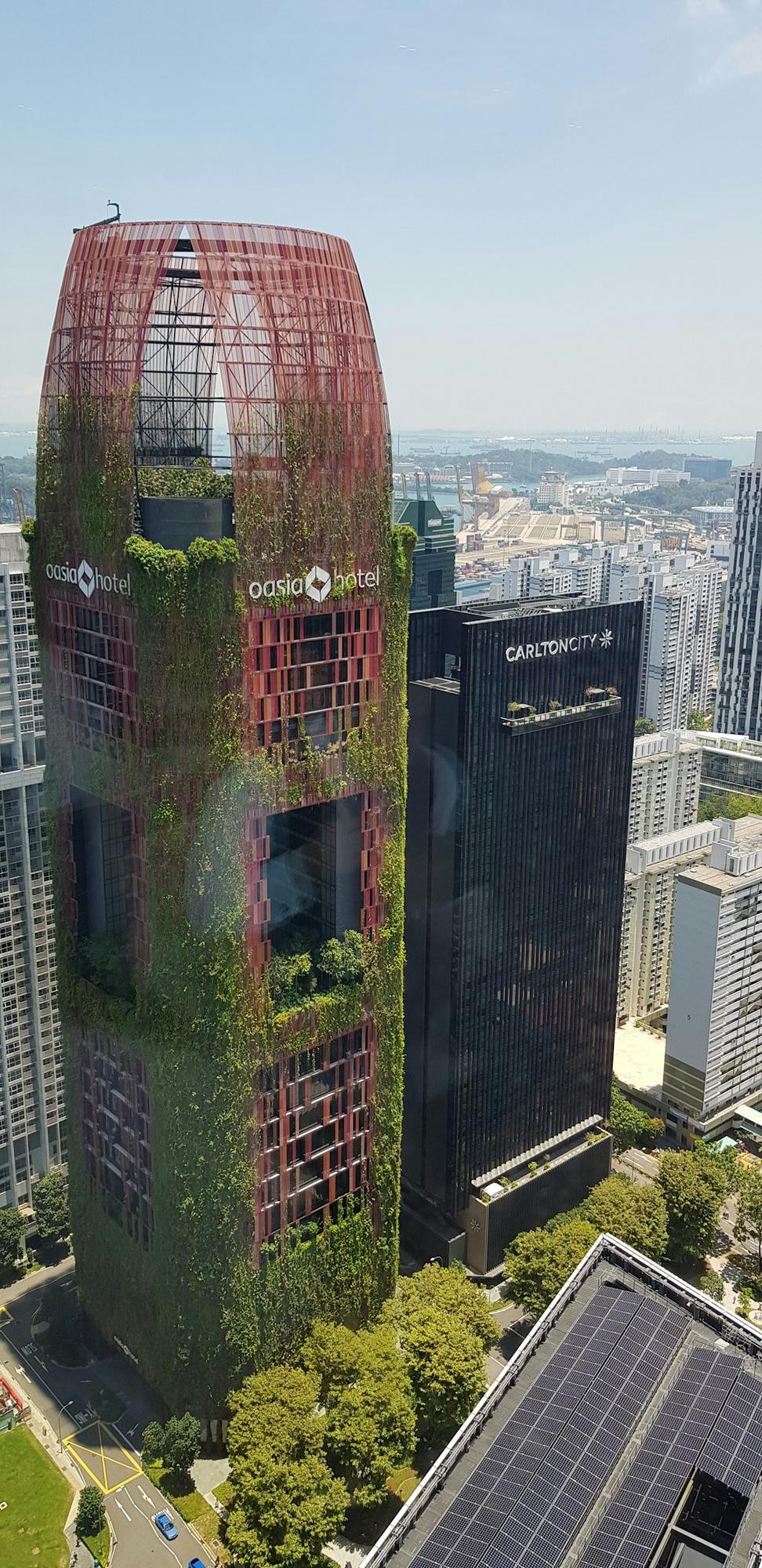
This was our first Living Building Challenge project and wow, what a learning curve. We're talking net positive energy, on-site water treatment, and only materials that passed some seriously rigorous environmental and health standards.
Sustainable design isn't magic—it's a methodical process that we've refined over years of trial, error, and lots of coffee-fueled late nights
We start by really understanding the site—solar orientation, wind patterns, microclimate, vegetation. The building should work with nature, not against it.
Before we even think about mechanical systems, we max out passive strategies—building orientation, natural ventilation, thermal mass, daylighting. The stuff that costs nothing to operate.
Every material gets vetted for embodied carbon, toxicity, sourcing practices, and end-of-life potential. We've got a whole database we've built up over the years.
Then come the active systems—but efficient ones. Heat pumps, heat recovery ventilation, solar panels, smart controls. Technology that actually pays for itself.
Rainwater harvesting, greywater systems, low-flow fixtures, drought-tolerant landscaping. Vancouver gets tons of rain—we might as well use it smartly.
We don't just hand over the keys and disappear. We monitor performance for at least a year to make sure everything's working as designed and make adjustments if needed.
Sustainable design only becomes mainstream when more people understand it and demand it. That's why we're constantly putting out resources, giving talks, and trying to demystify green building.
Project updates, new materials we're testing, industry trends—sign up if you're into that sort of thing.
We host free workshops for homeowners, developers, and fellow architects on various green building topics.
We work with UBC and SFU architecture programs, bringing real-world sustainable design challenges into the classroom.
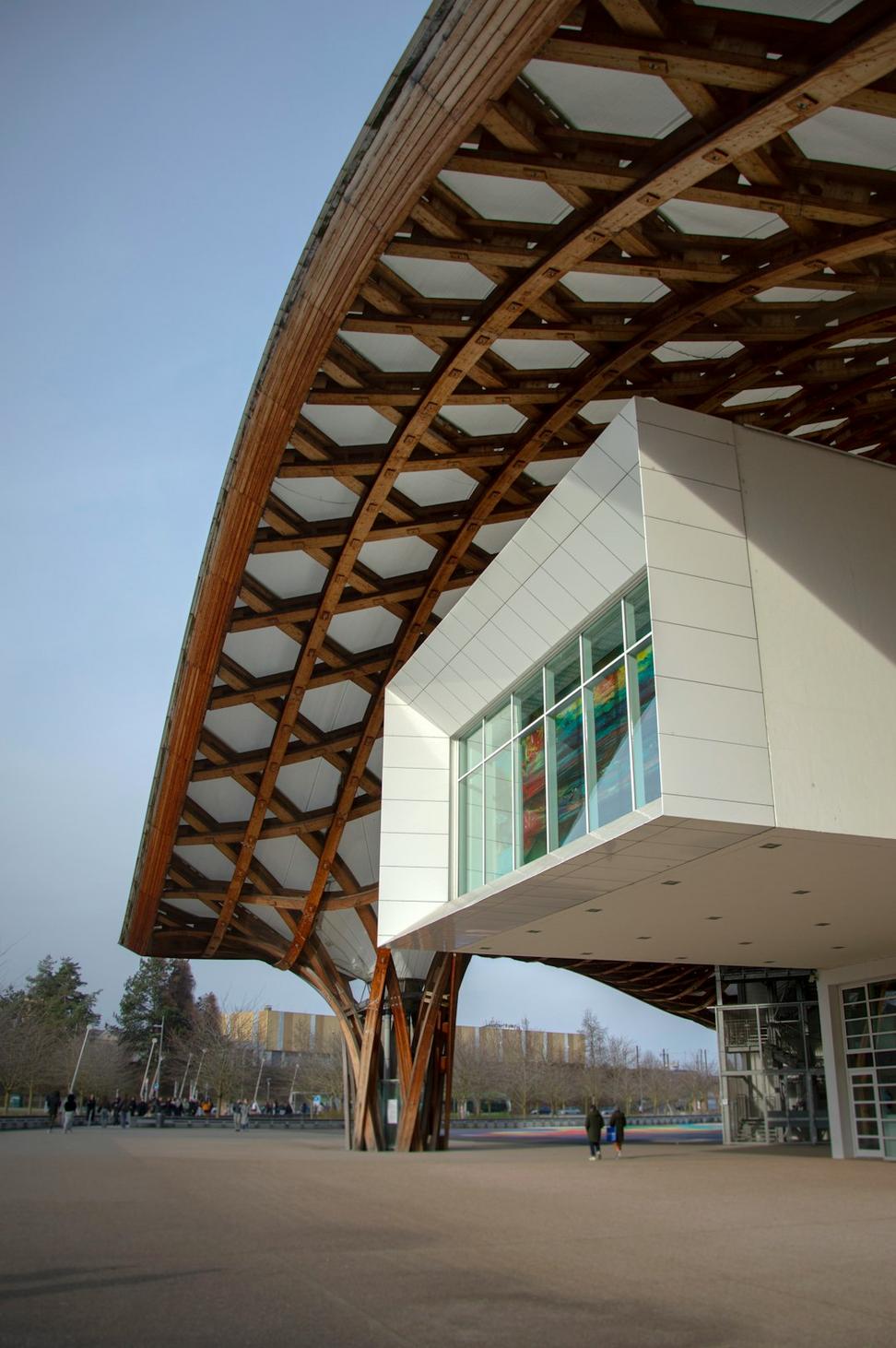
Whether you're thinking residential, commercial, or something totally different, let's talk about how we can make your project both beautiful and responsible.